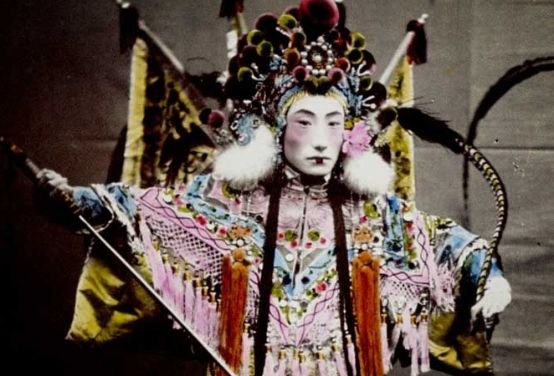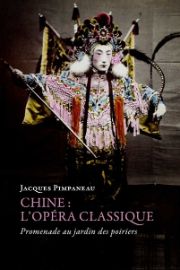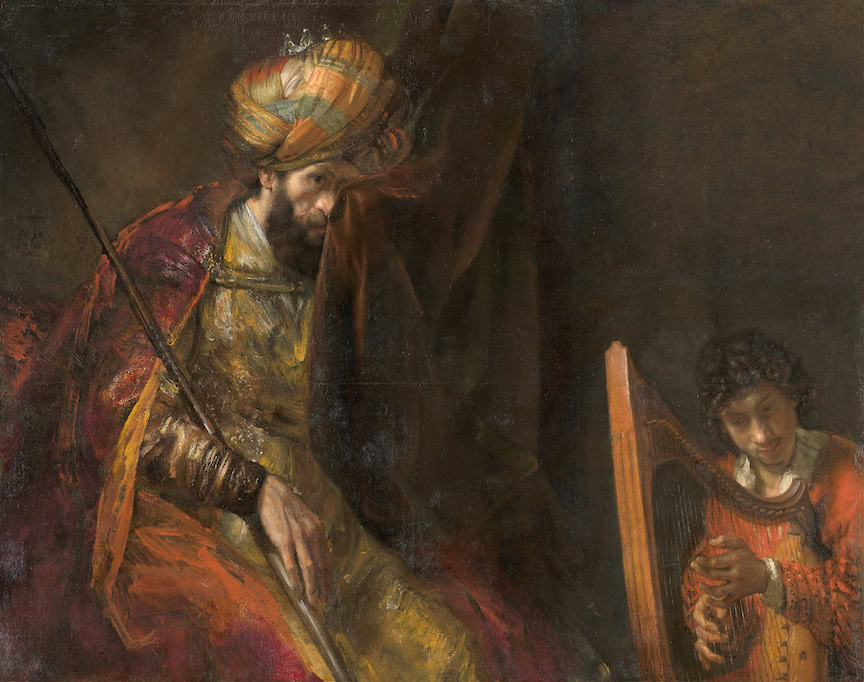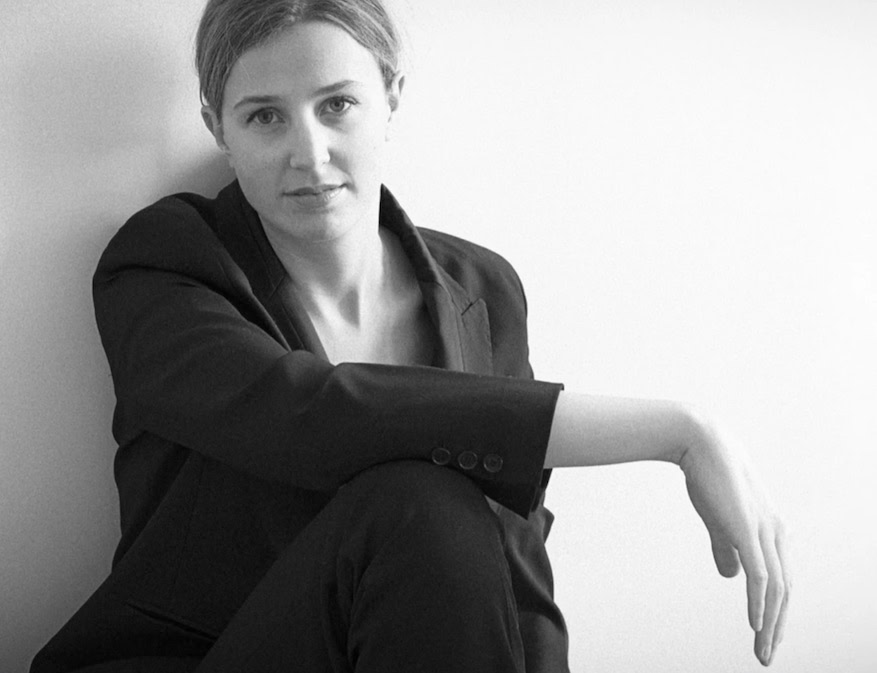Classical Chinese opera
Written by Jacques Pimpaneau, a specialist in Chinese civilization and literature, this book offers the reader a comprehensive overview of the history and technique of Chinese opera.

The author introduces us to the religious and ritual origins of this art form, which is still very much alive today, as well as to the various earlier forms of entertainment that were at its origin (jugglers' acts, ancient dances, folk shows) and of which it is a synthesis. Probably influenced by India, through the intermediary of Buddhism, Chinese opera reached its apogee under the Yuan dynasty (1279-1368). It evolved progressively according to a particular cyclical process: initially a popular art form, it aroused the infatuation of the literati. They adapt the text, making it so complex that the general public turns away from it in favor of a new, more affordable style... and the cycle begins all over again!
The section devoted to theatrical technique is based on its most elaborate and varied form (and also the best known in the West): Peking opera, which is relatively recent, dating back only to the 19th century. Acting is highly codified, with 27 different forms of laughter, depending on the circumstances and the type of character. The characters are also stereotyped: when one of them comes on stage, the audience can immediately guess who it is, by the costume, gestures and/or face paint. As for the set, which is absent, it is replaced by the realism of the actors' performance. Jacques Pimpaneau does not confine himself to Peking practice, but also describes the specific features of local operas. In each province, numerous forms of this sung theater coexist, from the most elaborate to the most boorish. What they have in common is the predominance of song, the use of dance, costumes and painted, made-up faces, as well as the repertoire, which is common throughout China. Local differences are based in particular on music and orchestral composition, but also on staging and costumes. A chapter of the book is also devoted to shadow and puppet theaters: the same pieces are performed here, again accompanied by an instrumental ensemble. This comprehensive presentation of an essential Chinese musical and theatrical form is all the more interesting because the author combines the precision of a scholar with the clarity of a teacher.
Jacques Pimpaneau, Chine : l'Opéra classique - promenade au jardin des poiriers, 192p., € 23.75, Les Belles Lettres, Paris 2014, ISBN 978-2-251-44442-0









